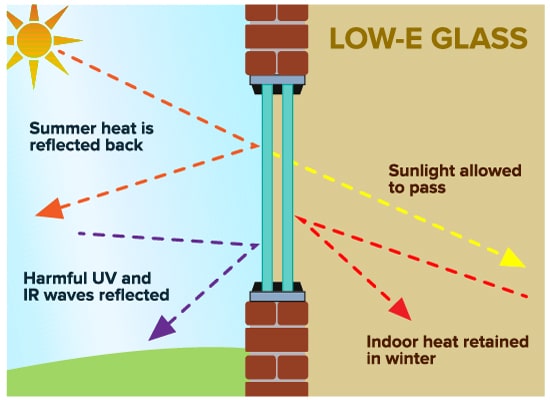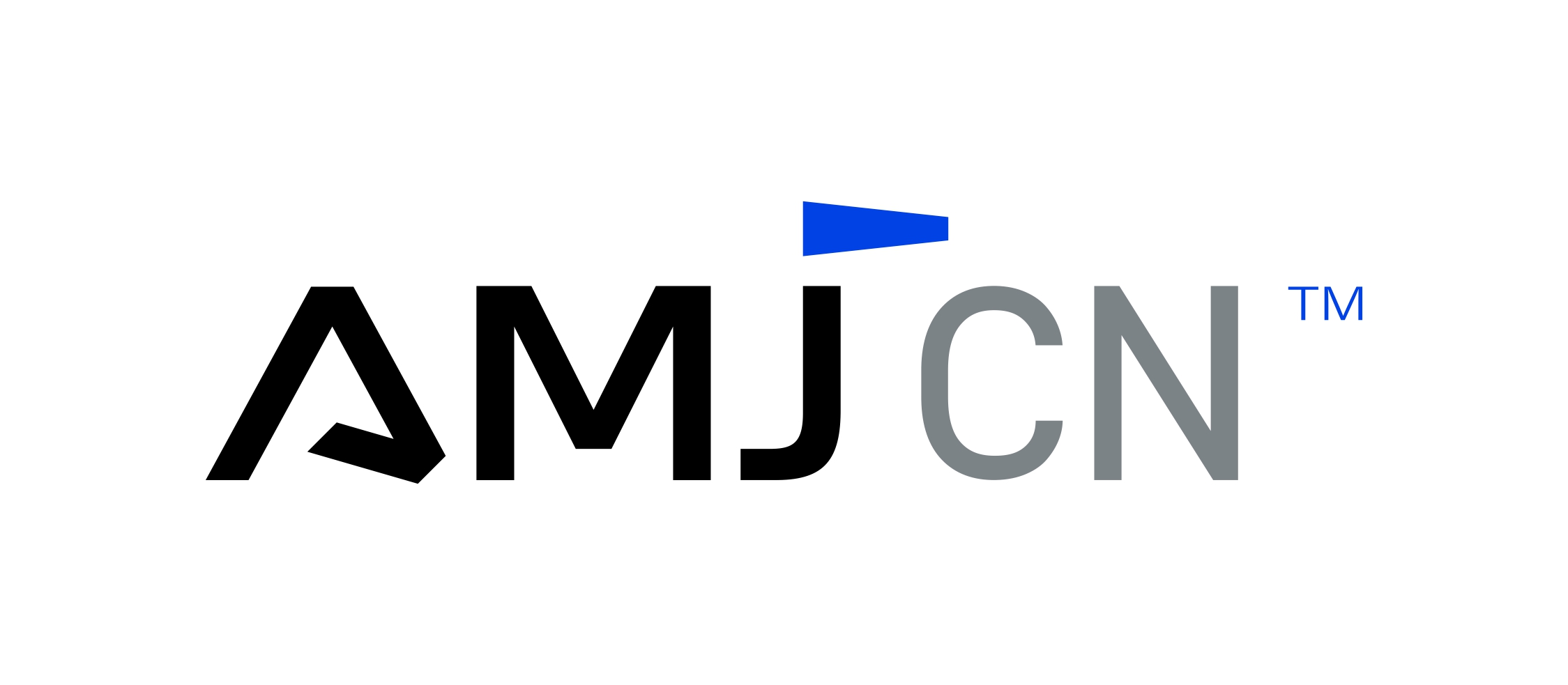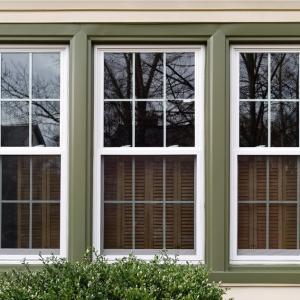The Homeowner's Guide to Low-E Glass Windows

Low-E glass windows have become the gold standard for energy-efficient homes in recent years. But are they worth the investment? How do they function? And how can you tell if you already have them?
Discover all this and more in our comprehensive guide to Low-E glass windows.
## What is Low-E Glass?
Low Emissivity Glass, commonly known as Low-E glass, is a specially coated glass that significantly enhances the energy efficiency of windows and doors. Initially developed to retain infrared light in colder climates, it has evolved into a cost-effective solution suitable for various regions. Low-E glass features an invisible, ultra-thin (thinner than a human hair!), non-toxic coating that minimizes ultraviolet light transmission. These windows can dramatically improve indoor lighting while reducing heating and cooling expenses.
Windows represent a substantial investment in any structure. Whether you're constructing a new building or upgrading existing windows, considering Low-E glass can yield significant returns, both financially and in terms of comfort.
## How Does Low-E Glass Work?
Low-E glass functions through microscopic layers of reflective coating applied to the glass surface. The "E" in Low-E stands for emissivity, which refers to a material's ability to radiate energy. This coating allows homes and buildings with Low-E glass windows to retain heat during cold winter months and reflect it during warm summer months.
Imagine Low-E glass as the silver lining inside a thermos. When containing warm items, heat bounces off the silver lining, keeping the contents warm. This mirrors how Low-E glass retains heat in your home during cooler months. Conversely, when the thermos contains cold items, external heat doesn't penetrate the silver lining. Similarly, during summer months, outside heat reflects off Low-E glass windows, maintaining a cooler indoor temperature and reducing overall cooling costs.
## How to Identify Low-E Glass
Curious if your home already has Low-E glass windows? If your house is less than 20 years old or your windows have been replaced recently, you might already have them. Here's a simple test to determine if your windows are Low-E:
1. Hold a lit match or lighter in front of the window
2. Look for the reflection of four flames in the glass
3. If you have Low-E glass: One of the reflected flames will appear a different color than the others
4. If you don't have Low-E glass: All reflected flames will appear the same color
## Are Low-E Glass Windows Worth the Investment?
While Low-E glass windows may require a slightly higher initial investment than standard glass windows, they can be highly cost-effective depending on your location. They offer the aesthetic appeal of new windows with the added benefit of reduced energy costs. Considering they typically cost only a few dollars more per window compared to regular glass, we argue that they quickly pay for themselves through year-round savings on heating and cooling bills. According to Energy.gov, 25-30% of heating and cooling energy use is attributed to heat transfer through windows - it's easy to see how these savings can accumulate rapidly!
## Where are Low-E Glass Windows a Good Investment?
Low-E coatings are versatile and beneficial in various climates. In cold, northern regions, they prevent heat from escaping. In warm, southern areas, they effectively block external heat from entering your home. Thus, Low-E glass windows can be a prudent investment regardless of your geographical location.
## Other Energy-Saving Window Features
While Low-E glass is a significant factor in energy-efficient windows, it's not the only feature to consider when aiming to reduce energy costs. The following window qualities can also contribute to energy savings:
### Condensation Reduction
Warm Edge Spacer Systems differ from traditional aluminum spacers. While aluminum spacers can lead to heat loss and excess condensation, innovative Warm Edge Spacer Systems flex with the window as temperatures fluctuate. The result? Enhanced insulation and reduced sealant failure, translating to further energy cost savings.






